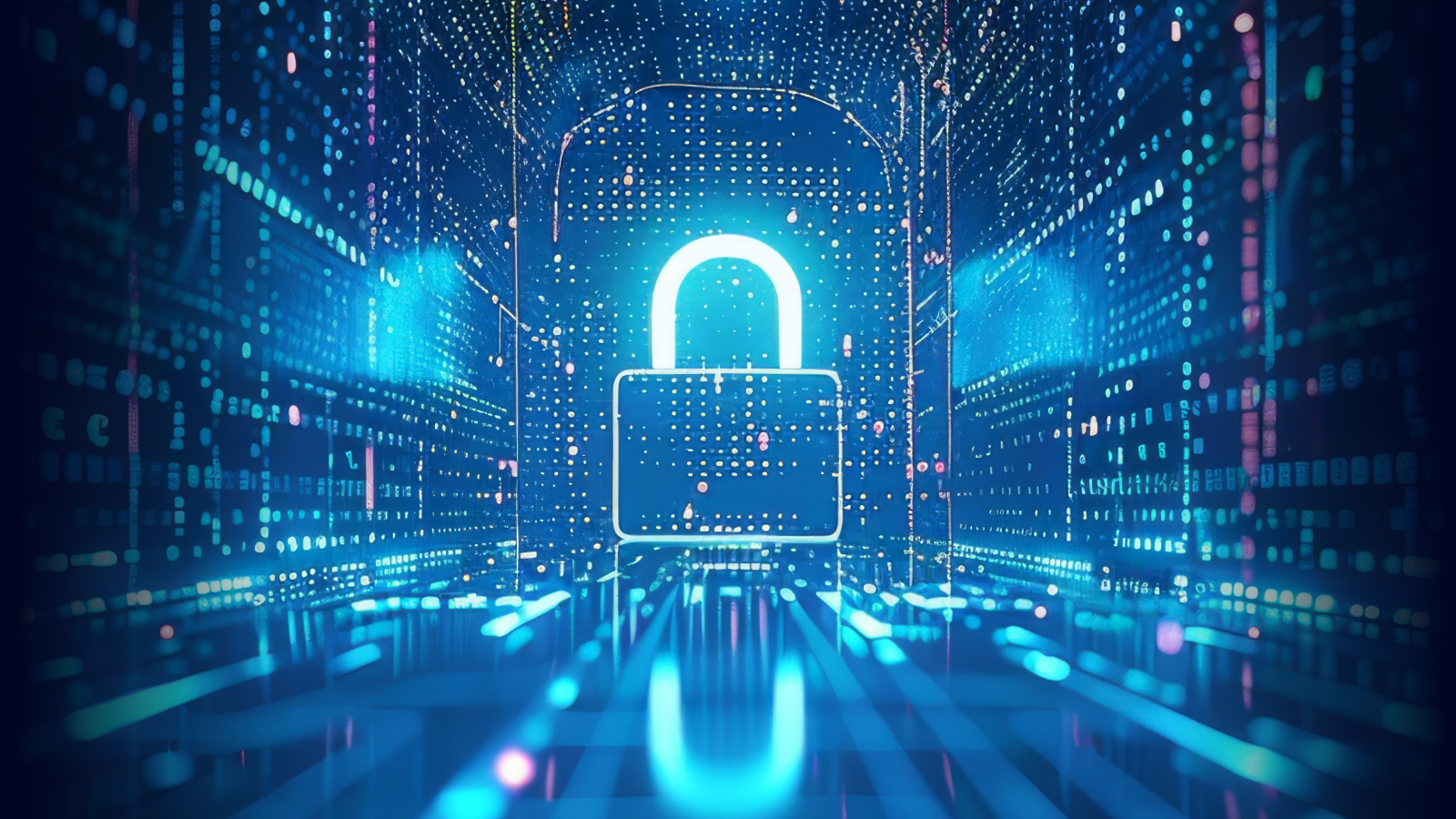Humans are increasingly intertwined with technology; cybersecurity has become more than just a technical concern—it’s a critical lifeline for businesses and individuals alike. Imagine your most valuable assets—data, reputation, and financial information—constantly at risk from potential digital threats.
Understanding Cybersecurity: More Than Just Tech Talk
Cybersecurity isn’t about complex jargon or intimidating technology. At its core, it’s about protection. Think of it as a comprehensive digital immune system that guards against viruses, attacks, and unauthorized access to your most critical information.
The digital world is changing rapidly. Remote work, cloud technologies, and interconnected devices have transformed the way we do business. But with great convenience comes great vulnerability.
What is Cybersecurity?
Cybersecurity refers to the practice of protecting systems, networks, and data from digital attacks, damage, or unauthorized access. It involves a combination of technologies, processes, and best practices aimed at safeguarding information from cyber threats such as hacking, phishing, malware, and other forms of cybercrime.
The Real-World Impact, by the Numbers
- Data breach damages in 2023 reached $4.45 million, a 15% increase compared to 2020.
- Average ransomware costs in 2023 were $5.13 million (excluding an average ransom of $1.54 million), an 89% increase from the previous year.
- Cybercrime damages in the business world are estimated to reach $10.5 trillion by 2025.
Categories of Cybersecurity
1. Critical Infrastructure Security
Protecting the digital backbone of society involves safeguarding computer systems, applications, networks, and digital assets that are crucial to national and economic security. For example, the United States’ National Institute of Standards and Technology (NIST) has developed a Cybersecurity Framework to enhance digital protection strategies.
2. Network Security
Network security focuses on:
- Controlling and protecting network access
- Detecting and blocking cyberattack attempts
- Ensuring authorized users can safely access resources
3. Endpoint Device Security
This involves protecting various devices, including servers, laptops, desktops, mobile phones, and tablets. These devices are prime targets for cyberattacks, making endpoint security crucial in preventing unauthorized access.
4. Application Security
This encompasses the security of on-premises applications and cloud computing environments. It involves limiting access rights, preventing the exploitation of software vulnerabilities, and integrating security testing throughout the development process (e.g., DevOps and DevSecOps).
5. Cloud Security
Cloud security involves maintaining security in cloud computing services through:
- Shared responsibility models
- Provider-managed infrastructure security
- Customer-managed data and application protection
6. Data Security
Data security focuses on protecting digital files, documents, physical media, and audio data from unauthorized access, disclosure, and modifications.
7. Mobile Device Security
Mobile Device Security includes Mobile Application Management (MAM), Enterprise Mobility Management (EMM), and Unified Endpoint Management (UEM).
Common Cyberattack Types
- Malware: Malicious software designed to damage system data, cause computer malfunctions, and create backdoors for viruses, worms, Trojans, backdoors, and spyware.
- Ransomware: Encrypts or blocks files, preventing access and demanding ransom for recovery.
- Phishing: Deceptive techniques used to steal personal information, trick users into installing malware, or compromise device security.
- Insider Threats: Risks originating from within an organization, often due to human errors or deliberate actions.
- Distributed Denial of Service (DDoS): Overwhelming systems with simultaneous attacks from multiple sources.
Key Cybersecurity Practices
1. Awareness Training
Empowering users through comprehensive security education, focusing on:
- Password security best practices
- Safe social media engagement
- Recognizing and mitigating potential cyber threats
- Understanding the consequences of digital negligence
2. Identity and Access Management (IAM)
Implementing robust authentication and access control mechanisms:
- Multi-factor authentication
- Access management and control
- Role-based permission frameworks
- Zero-trust security model implementation
3. Proactive Attack Surface Management
A systematic approach to identifying and mitigating potential vulnerabilities:
- Continuous vulnerability scanning
- Predictive risk assessment
- Comprehensive security gap analysis
- Threat landscape monitoring
4. Advanced Threat Detection Technologies
Leveraging cutting-edge AI and machine learning solutions:
- Security Information and Event Management (SIEM)
- Security Orchestration, Automation, and Response (SOAR)
- Endpoint Detection and Response (EDR)
- Real-time threat intelligence platforms
5. Resilient Disaster Recovery Planning
Ensuring business continuity and rapid incident response:
- Backup and restoration strategies
- Business impact analysis
- Incident response and recovery protocols
- Adaptive resilience frameworks
Conclusion
In today’s digital landscape, cybersecurity is not optional but essential. Understanding different security categories, recognizing potential risks, and implementing robust defense strategies are crucial for protecting digital assets. Success in cybersecurity requires continuous learning, technological adaptation, and a culture of vigilance. By staying informed and prepared, individuals and organizations can effectively navigate the complex world of digital protection.
For businesses seeking to minimize risks and develop a robust cybersecurity strategy, Bluebik Titans stands ready to help. As experienced cybersecurity experts, we are committed to enhancing your organizational security through:
- Business-Cybersecurity Alignment & Strategy
- Cybersecurity Assessment
- Security Hardening & Implementation
- Cyber Response, Remediation & Forensics
Contact us today to schedule a comprehensive cybersecurity assessment and take the first step towards robust digital protection.
✉ [email protected]
☎ 02-636-7011
Thank you to the references from cisco, ibm










